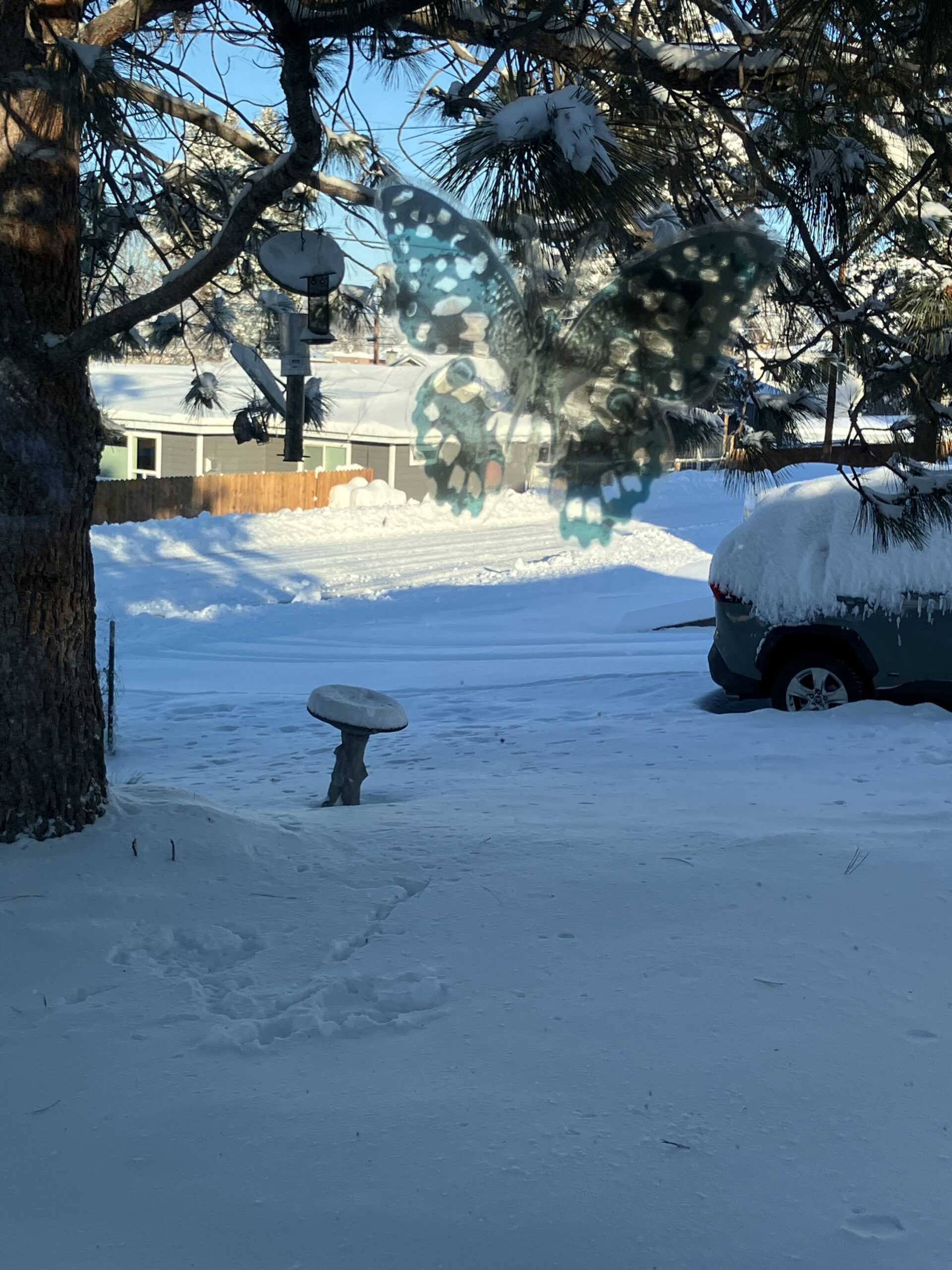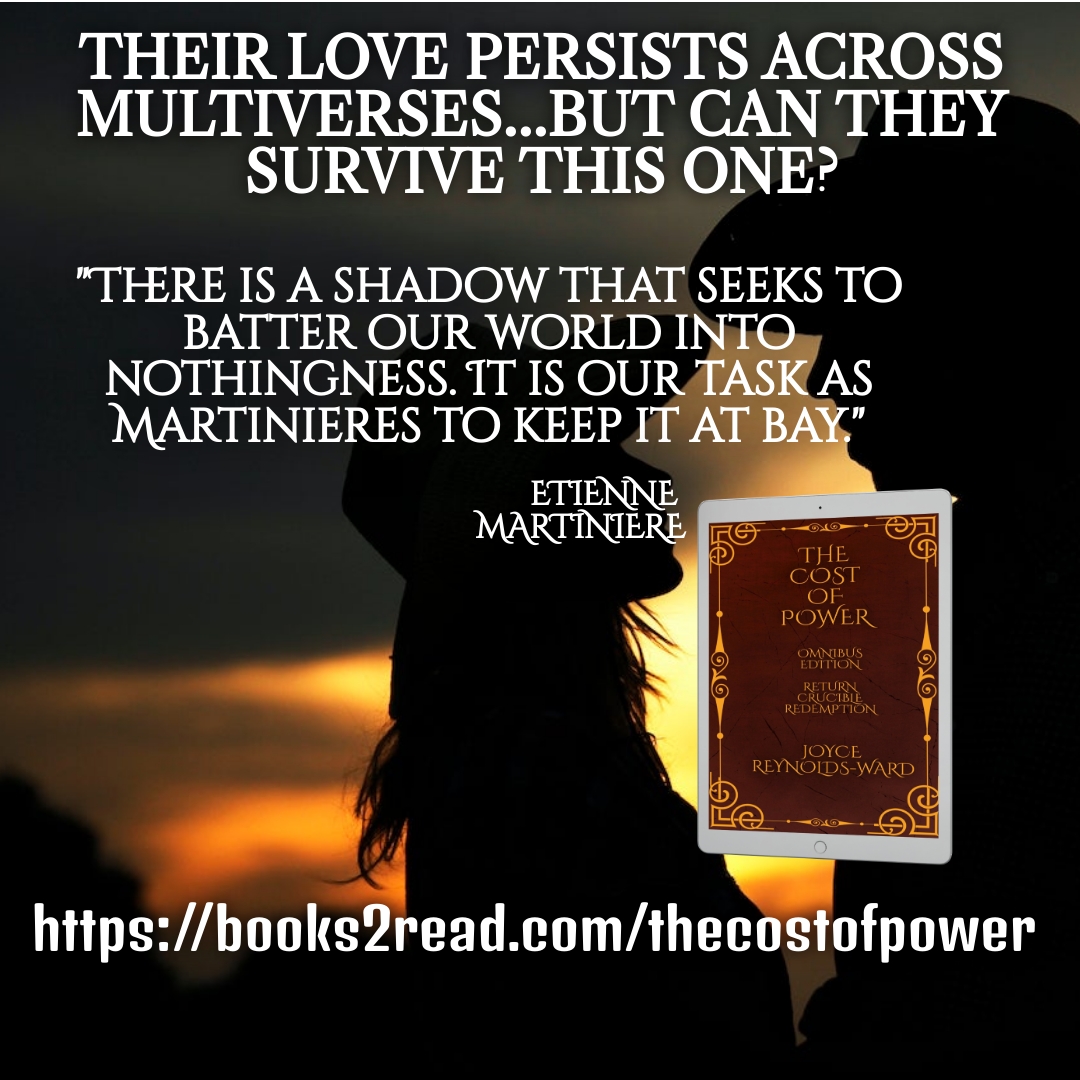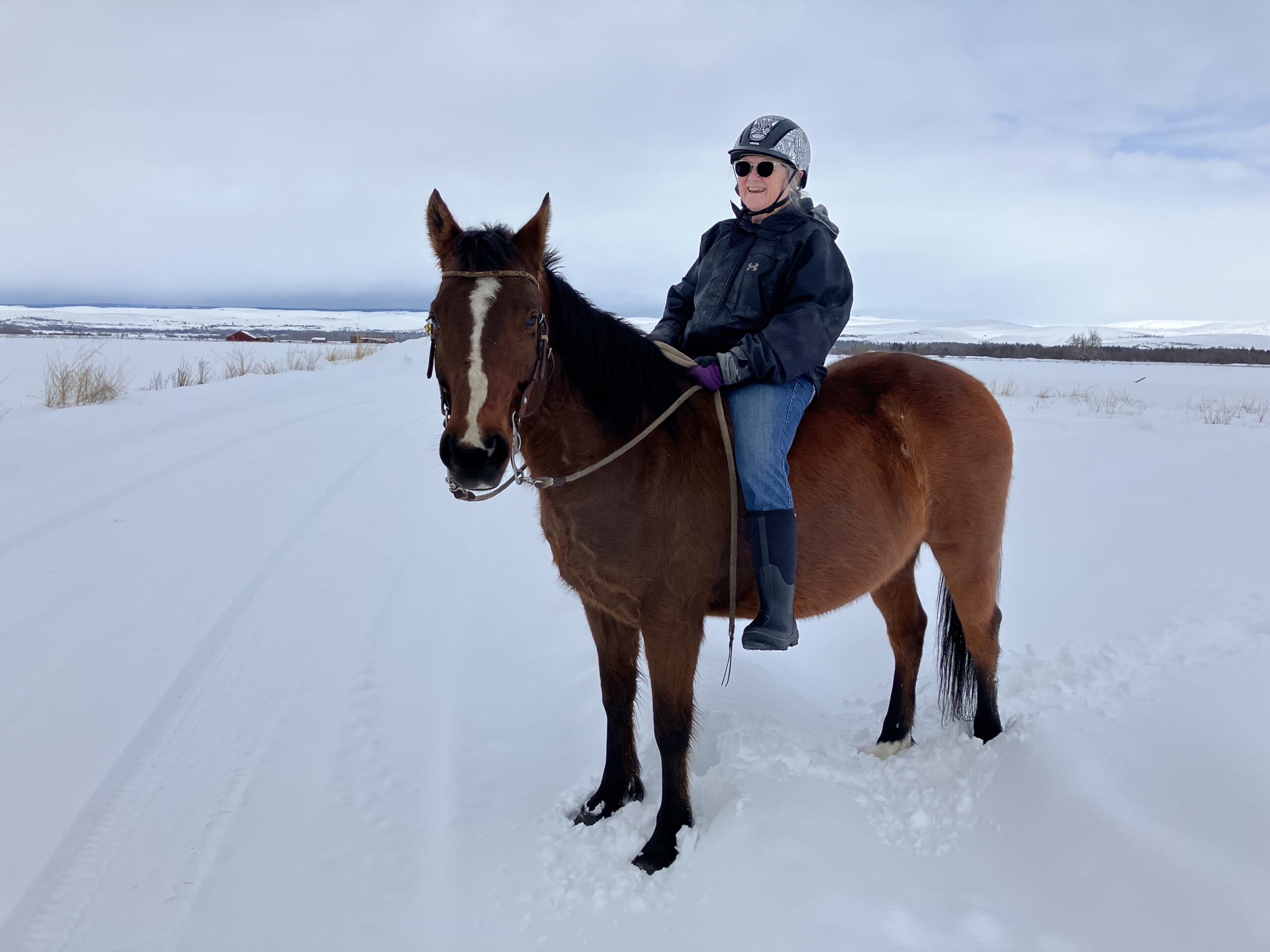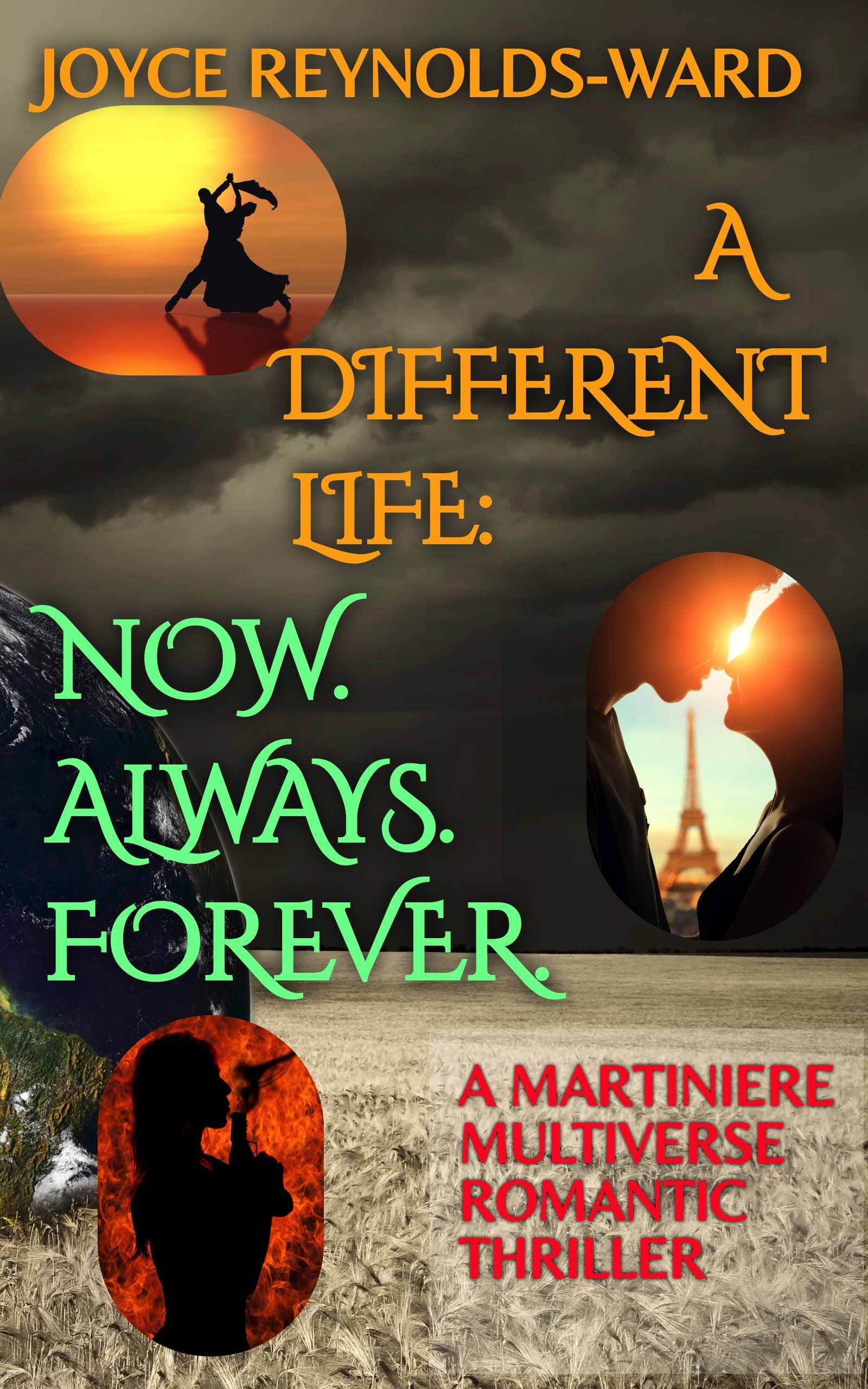
Making notes now for future reference.
I think we’ll all agree that this past winter in the Northern Hemisphere has been…something. Between atmospheric rivers, horrendous fires, wobbly polar vortexes, and more, it’s been a wild ride (some might say it’s reflective of the current international political scene and far be it from me to disagree with that).
Locally, it’s been something. While the mountains started getting snow in October, the high mountain valley was…well, something to be worried about because neither rain nor snow was happening in any amount, definitely enough to be concerned about with regard to groundwater supply. It got cold and the ground froze. Oh, we had moments of light snow followed by ice, enough to be a concern for me about riding Marker at anything more than a walk or fox trot because the ground was hard enough to emulate concrete.
Then we got a wet spell where everything turned soggy. I became concerned about old Mocha’s feet–for good reason because she developed a small abscess in one hoof, enough to set off a significant limp. Her history of white line disease made me worry even more as we progressed through December, then January, without significant snow.
Well, that started changing in late January/early February. We started getting snow, and temperatures plunged below zero degrees Fahrenheit. Depending on the location of the reporter, those temps ranged from -4 F to -27 F.
Quite a variance.
February was the month of snow. We ended up with about a foot and a half of it.
But now it’s almost March, and the weather is warming up. It’s almost as if February was, basically, our entire winter. Which…the rapid warming creates its own issues. A foot and a half of snow doesn’t go away quietly, especially when the ground is still frozen. It runs off. It pools in every low spot possible, including under existing snowbanks. Encountering a sudden squish-squish that means there’s a bunch of water hiding under that snow is always entertaining…NOT.
Plus with all that water sitting in places where it can’t run off quickly ends up being nervous-making when the temperatures drop. We’re not likely to have another intense cold spell where 32 F is the high, turning everything into a dangerous ice slick, but…
Until we get consistent warming and the ground thaws, I’m nervous. In part that’s because it’s clear this is old Mocha’s last winter. Her knees have gotten even bigger with arthritic changes, and a veterinary examination confirmed what I was thinking–this is her last winter. When I go to pick up a front hoof she can barely bend the lower leg to a 40 degree angle. Not good…and that portends the likelihood that she may go down and not be able to get up again without help. Especially if things ice up again.
That leads to all sorts of potentially awful situations, especially since old mare has made it known that after spending her first fifteen years in a stall, she doesn’t want to have anything to do with one ever again.
Ideally, her trip over the Rainbow Bridge will happen on a warm day with lots of love and treats beforehand before that last walk to the burial hole. Or she’ll go to sleep in the field during the summer and not wake up. In both those scenarios, while getting her body out of a pasture might prove to be a challenge, it’s not as awful as the possibility that she would go down in a storm when the ground is frozen, and freeze to death.
Right now she’s on a painkiller and moving better. That’s not a good long-term situation because those meds can be hard on a gut. So she gets extra probiotics and attention, along with a heavy blanket and neck wrap. All the same, it’s a sad time because I know what’s coming. She’s had a good twenty-five years, and the last ten have allowed her to live outside like a horse should, in a herd.
Anyway. That’s a reality I’m going to be sitting with throughout 2025.
Now I’m watching for signs of spring. There’s one ambitious daffodil bulb in the front yard that may be growing even faster than crocus. Soon I’ll be exchanging insulated boots for mud boots. Marker may be getting his road riding boots on regularly soon.
I’m not quite ready for spring yet but–I am looking forward to it. For Mocha’s sake as well as my own.
Like what you’ve read? Want to help defray the cost of treats for the horses? Feel free to drop a contribution to my Ko-fi here.




